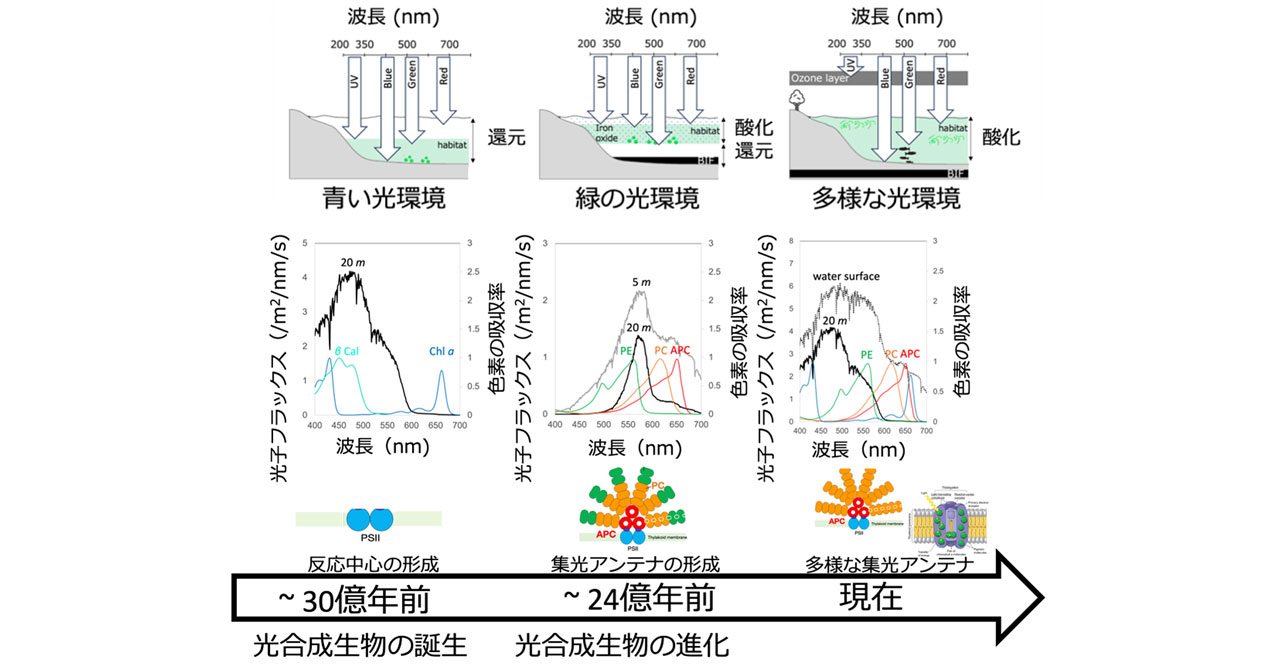2025-02-18 カリフォルニア大学バークレー校 (UCB)
<関連情報>
- https://publichealth.berkeley.edu/news-media/research-highlights/increased-risk-of-valley-fever-linked-to-fine-mineral-dust-exposure
- https://ehp.niehs.nih.gov/doi/10.1289/EHP13875
微小粒子状物質データを用いた微小鉱物性粉塵濃度とコクシジオイデス真菌症発生率との間の暴露-反応関係の推定: 縦断的調査研究 Estimating the Exposure–Response Relationship between Fine Mineral Dust Concentration and Coccidioidomycosis Incidence Using Speciated Particulate Matter Data: A Longitudinal Surveillance Study
Amanda K. Weaver, Nicole Keeney, Jennifer R. Head, Alexandra K. Heaney, Simon K. Camponuri, Philip Collender, Abinash Bhattachan, … , and Matthew J. Strickland
Environmental Health Perspectives Published:13 January 2025
DOI:https://doi.org/10.1289/EHP13875

Abstract
Background:
Coccidioidomycosis, caused by inhalation of Coccidioides spp. spores, is an emerging infectious disease that is increasing in incidence throughout the southwestern US. The pathogen is soil-dwelling, and spore dispersal and human exposure are thought to co-occur with airborne mineral dust exposures, yet fundamental exposure–response relationships have not been conclusively estimated.
Objectives:
We estimated associations between fine mineral dust concentration and coccidioidomycosis incidence in California from 2000 to 2017 at the census tract level, spatiotemporal heterogeneity in exposure–response, and effect modification by antecedent climate conditions.
Methods:
We acquired monthly census tract-level coccidioidomycosis incidence data and modeled fine mineral dust concentrations from 2000 to 2017. We fitted zero-inflated distributed-lag nonlinear models to estimate overall exposure–lag–response relationships and identified factors contributing to heterogeneity in exposure–responses. Using a random-effects meta-analysis approach, we estimated county-specific and pooled exposure–responses for cumulative exposures.
Results:
We found a positive exposure–response relationship between cumulative fine mineral dust exposure in the 1–3 months before estimated disease onset and coccidioidomycosis incidence across the study region [incidence rate ratio (IRR) for an increase from 0.1 to 1.1 μg/m3=1.60; 95% CI: 1.46, 1.74]. Positive, supralinear associations were observed between incidence and modeled fine mineral dust exposures 1 [IRR=1.13 (95% CI: 1.10, 1.17)], 2 [IRR=1.15 (95% CI: 1.09, 1.20)] and 3 [IRR=1.08 (95% CI: 1.04, 1.12)] months before estimated disease onset, with the highest exposures being particularly associated. The cumulative exposure–response relationship varied significantly by county [lowest IRR, western Tulare: 1.05 (95% CI: 0.54, 2.07); highest IRR, San Luis Obispo: 3.01 (95% CI: 2.05, 4.42)]. Season of exposure and prior wet winter were modest effect modifiers.
Discussion:
Lagged exposures to fine mineral dust were strongly associated with coccidioidomycosis incidence in the endemic regions of California from 2000 to 2017. https://doi.org/10.1289/EHP13875


